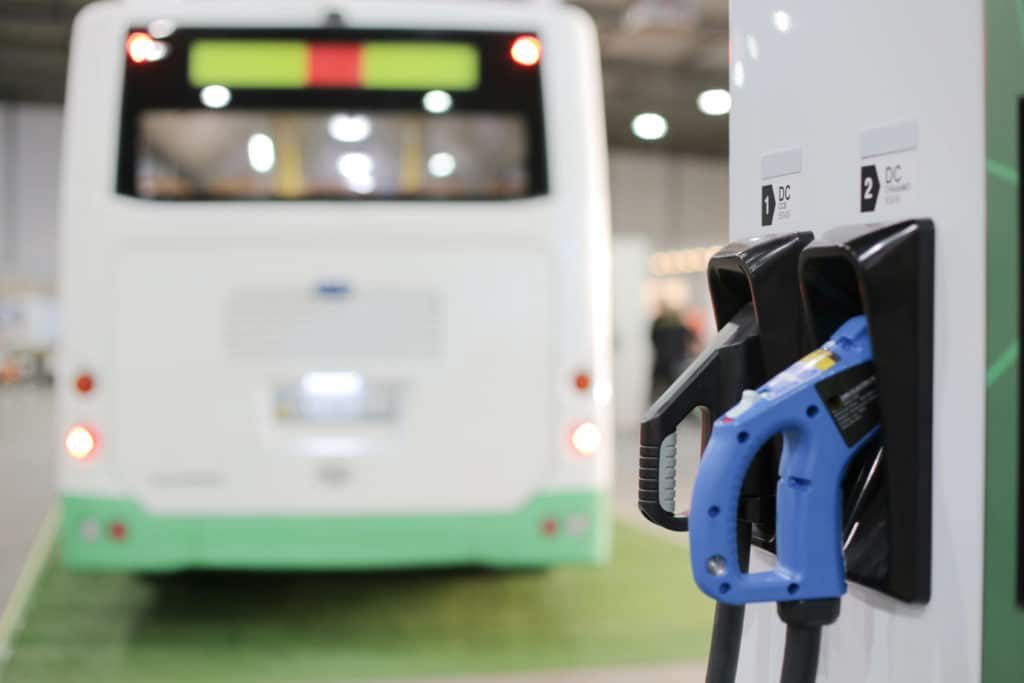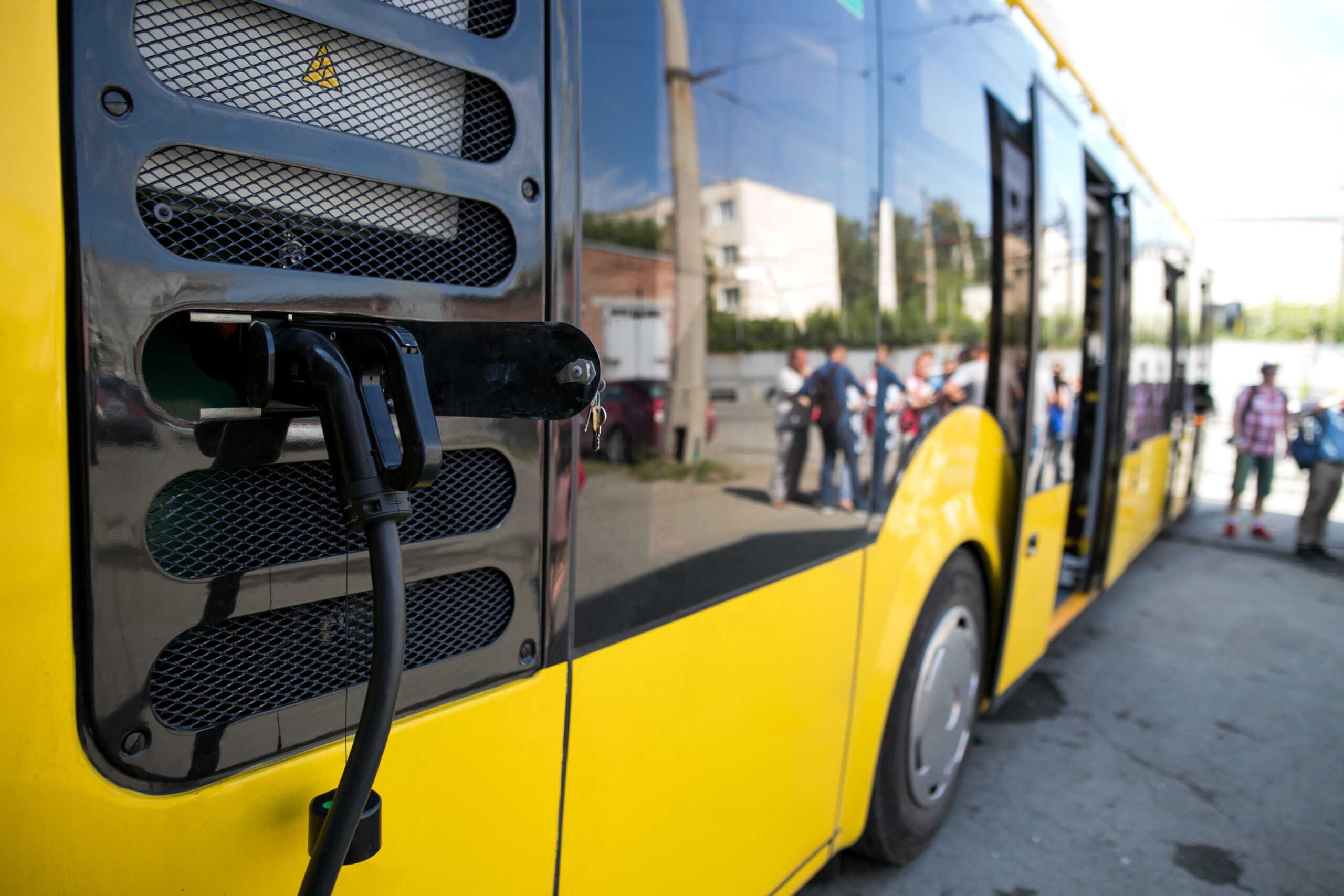
Challenges with Electric Fleet Charging Infrastructure
It’s no secret that installing charging infrastructure is often the most challenging aspect of introducing electric vehicles into a fleet. Grid infrastructure upgrades to support higher power requirements come with notoriously long timelines and significant complexity, and that’s just one part of an electric fleet charging infrastructure installation.
Additional considerations such as cost, personnel resources, power distribution, and cable management need to be taken into account, while maintaining quality service and balancing multiple project timelines.
We spoke to leading e-mobility experts about these issues and more in this episode “Challenges with Electric Fleet Charging Infrastructure”, where you’ll learn about key challenges to prepare for in order to plan a successful zero-emission fleet transition.
This episode features the following experts and industry thought leaders:
Dan: The electrification of fleets is extremely exciting, but there has been a lot of challenges with implementing the charging infrastructure required to electrify those fleets. Things like the vehicles and the chargers not handshaking correctly, the data not flowing correctly through the chargers from the vehicles and into the backend and control systems, also things like training, site capacity constraints, supply delays, demand charges being much higher than expected, have all been experienced on different sites. So we asked the experts, “How do you avoid these challenges as you implement charging infrastructure for your fleet?
Anna: I think one of the biggest challenges for us is to understand and forecast power requirements, but also make our site EV-ready in a cost-effective way. So when we have to install new chargers one of the key questions is about power availability at the site and if there isn’t enough availability we need to consider a backbone infrastructure upgrade.
Now, our approach is to minimize the number of times that we undertake backbone infrastructure upgrades at the site where we need to install chargers. This is because we want to avoid cost inefficiencies. Now, the challenge at the moment is to be able to have enough stakeholder alignment and data collection to enable good decisions in relation of making our sites EV-ready.
Alan: The base case that people start with is I need one charger, let’s say I need a single 180 kilowatt charger for every bus. Well if I have that charger and it only is being used for three or four hours a day, because that’s how long it takes to charge the bus, that means that for another 20 hours it’s not being utilized and that’s expensive so if I can actually put say three dispensers on that charger, and I can have it work for three buses so one charger for three buses, then I can lower my infrastructure costs.
Analy: Having plug-ins can take a little bit of extra time and a little bit of extra people being involved in that process as well as having pantographs could be a lot more automated process, but it comes with the cost right. So it is really important to understand those operational implications. Just to give you an example, some unions wouldn’t allow their drivers to have a plug-in and do that plug-in process so that itself could be a complication for our technology.
Neil: Another problem is the driver has to wait in the bus when they do the pantograph charge.
Alan: The biggest challenge to installing charging infrastructure is coordinating the timeline of the utility, the charging infrastructure, and the bus delivery so they all happen they all get delivered and deployed at the same time.
Max: In any charging system where you have one charger with multiple plugs or connectors there are two key ways in which that charger can distribute its power across those plugs or connectors and that’s called either parallel or sequential charging. Under parallel charging the charger can distribute power equally across all connectors. So for example, if you have a 100 kilowatt charger with four connectors you can split that equally into 25 kilowatt charging for each vehicle. In sequential charging, you can still regulate the output power of the charger but it can only be dispensing out of one of the plugs or connectors which means that you need to carefully consider your control systems, how you design your depot, and any operational risks. Now, sequential charging does tend to come at a cheaper upfront cost, whereas for the extra flexibility of parallel charging you will be paying a premium.
Plugs and connectors live a hard life. They’re being used multiple times a day, dropped on the floor and driven over, so putting the right cable management systems in place like spring supports or cable reels or other solutions that get them off the ground, using things like hi-vis marking and protection to protect the cables, will help extend their life.
Dan: So as you can see there’s been a lot of challenges with implementing charging infrastructure for fleets. In future episodes we’ll deep dive into some of the solutions to those challenges like how do you get the right OCPP standards installed, how do you get data flowing to really optimize the way your fleet is charging.
So we hope you enjoyed this episode, and if you have, please share with your network. We hope to bring you lots of value in the future and help to accelerate the transition to zero emission fleets.

Understanding key risks and how to avoid them. Navigating costs, range, and safety risks.

Important considerations to guide the selection of electric vehicle fleet charging infrastructure.

Incidents of electric bus fires over the past few years have brought questions to light.